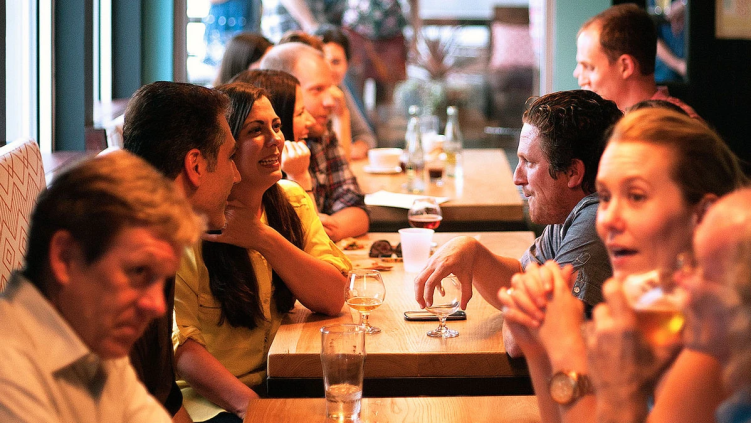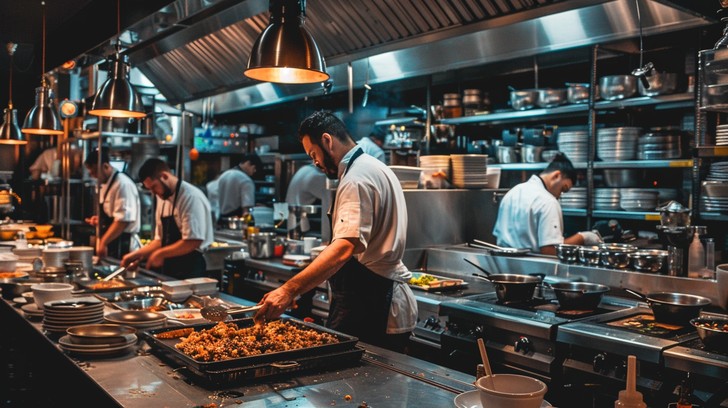Successful restaurant concepts combine culinary expertise, ambiance, and branding to create a memorable dining experience.
The following guide will guide you through the intricacies of designing the perfect restaurant concept, covering key elements such as decor, ambiance, and branding.
Step 1: Define Your Mission and Vision
Begin by articulating your vision for the restaurant concept. What type of dining experience do you want to offer, and what sets it apart from others? Establish a clear mission statement that encapsulates your goals and values.
Step 2: Market Research and Target Audience
Conduct thorough market research to identify your target audience and their preferences. Understand the local dining landscape and competition. Your concept should align with the tastes and needs of your intended customer base.
Step 3: Concept Ideation and Development
Brainstorm creative concepts that resonate with your vision and target audience. Consider elements like cuisine, theme, and style. The concept should tell a story and evoke a unique atmosphere.
Step 4: Create a Unique Selling Proposition (USP)
Differentiate your restaurant concept with a compelling Unique Selling Proposition (USP). Your USP should highlight what makes your restaurant stand out, whether it’s a signature dish, a unique dining experience, or a commitment to sustainability.
Step 5: Concept Statement and Business Plan
Craft a concise concept statement that summarizes your restaurant’s essence. Create a detailed business plan that outlines your concept’s financial projections, budget, and timeline for implementation.
Step 6: Decor and Ambiance
The decor and ambiance play a pivotal role in shaping the dining experience. Consider factors like interior design, lighting, color schemes, furniture, and music. Ensure that these elements align with your concept and create the desired atmosphere.
Step 7: Menu Development
The menu should be designed in such a way that it complements the concept you have in mind. It is important to choose dishes, beverages, and pricing that reflect the theme of your concept and will appeal to your target audience. It is important to pay attention to how the food is presented and how the flavors are balanced.
Step 8: Branding
Create a strong and consistent brand identity for your restaurant. This includes designing a memorable logo, selecting appropriate fonts and colors, and developing a brand voice that resonates with your concept. Ensure that branding is carried across all touchpoints, from menus to online presence.
Step 9: Staff Training
It is important to train your staff in order for them to embody the essence of your restaurant concept. Ensure that the concept, customer service standards, and product knowledge are covered in a comprehensive training program. If you want your staff to convey the values and atmosphere of your concept, they need to be trained in this area.
Step 10: Marketing and Promotion
Develop a robust marketing strategy to promote your restaurant concept. Utilize digital marketing, social media, public relations, and traditional advertising methods to reach your target audience. Share your concept’s story and values to create a connection with potential diners.
Step 11: Soft Opening and Feedback
Before the official opening, conduct a soft opening to gather valuable feedback from diners. Use this input to refine your concept, menu, and operations. It’s an opportunity to make improvements and address any issues before the grand opening.
Step 12: Grand Opening and Beyond
Host a grand opening event to introduce your restaurant concept to the public. Maintain consistency in all aspects of your concept, from decor to service quality, and continue to collect feedback to refine your offerings as you grow.
Conclusion
Designing the perfect restaurant concept is a meticulous process that requires careful consideration of every detail, from the cuisine to the decor to the branding. By following this step-by-step guide, you can ensure that your restaurant concept is not only well-conceived but also well-executed, setting the stage for a memorable dining experience. Remember that a well-designed concept is the foundation upon which the entire dining adventure is built, making it a fundamental aspect of your restaurant’s long-term success.




